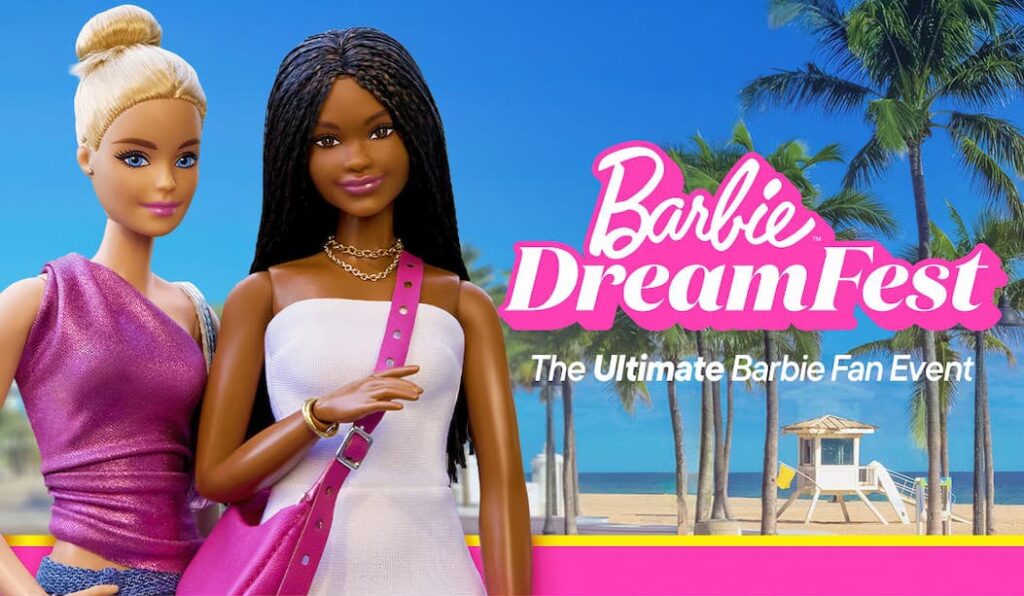A simple value equation can help forecast appeal among consumers.
Trying to predict if a consumer will participate in a particular promotion is often akin to having your palm read by a fortune teller – who’s to know, really? Each consumer carries his own prerequisite wants and desires, along with a myriad of past experiences that play into his decision-making. And to effectively motivate your target to participate in a promotion means developing an understanding from his perspective of what is valuable.
Despite the vast differences this individuality can create, there are some shared factors consumers use to evaluate the overall appeal of a promotion. At Communicator Marketing Worldwide, these factors have been deciphered and grouped into key variables. The relationship between these variables may be easier to comprehend in an equation format we use when developing promotion offers to help determine likely consumer response (see Figure 1).
Before a consumer can participate in a promotion, he first needs to know about it. Thus, awareness is crucial to driving participation. Vehicle, placement, intensity, frequency, reach, and clarity all play a role in imprinting a promotion’s message in the consumer’s mind. Integration with the brand’s other marketing messages can help ensure a singular focus to penetrate through “marketing clutter.”
Once a consumer becomes aware of a promotion, he can mentally assign a perceived value to the offer. For example, in developing a first-quarter promotion for Kraft Macaroni & Cheese, Communicator worked under the premise that the consumer would have thought through – consciously or subconsciously – the value associated with a Looney Tunes talking spoon premium in the following way:
“Let’s see. I can buy a large kid’s spoon for maybe $2.” (The approximate retail price.)
“This spoon is very different. I never heard of a moisture-activated spoon that talks.” (Value becomes $2++ due to uniqueness.)
“My kids love cartoon characters – especially Bugs Bunny, Tweety Bird and Taz.” (Value becomes $2+++ due to inherent appeal.)
“The spoon’s characters are Looney Tunes characters offered by Kraft, which are names I recognize and trust.” (Value becomes $2++++ due to the enhancer.)
The actual incremental values assigned toward the total perceived value will most likely vary by consumer based on individual desires for each listed attribute. (Teens, for example, are more likely to give a higher rating to something with trendy, inherent appeal.) Thus, it’s difficult to assess a hard number to represent each attribute, so a plus sign is used to show value increases over the retail price.
After assigning a value to the offer, the consumer then evaluates the perceived costs of participating in the promotion. What requirements does he need to fulfill? If proofs of purchase are required, how much will it cost to purchase the required number of packages? Is this dollar amount within his normal purchase behavior? Taking a consumer perspective for the Kraft Macaroni & Cheese program, here’s what the thought process might be:
“I need to mail in six proofs of purchase. That’s about 60 cents for each box if it’s on sale, so I’ll be shelling out around $3.50.” (The initial cost.)
“Shipping and handling is another $1.15.” (Cost becomes $4.65.)
“I’ll have to fill out this form and wait four to six weeks for delivery.” (Effort and time makes cost $4.65+.)
“I usually only buy one package every month, which means it will be six months before I will have enough proofs. I hope I remember.” (Additional effort and waiting makes cost $4.65++.)
Consumers then weigh their perceived value versus their perceived cost to determine the promotion’s depth of appeal, or the value strength. The greater the difference between value and cost, the more likely consumers will participate in the promotion. The Looney Tunes spoon offer (still in the marketplace) is proving to be one of Kraft Macaroni & Cheese’s top-redeeming promotions of the past year.
Promotion marketers should use such a value system as a check on the strength of their promotion ideas. Is the perceived value of this offer higher than the costs perceived by your target consumer? How can you adjust these variables to add more value, lower the costs, and/or increase awareness to increase the overall promotion strength?
In addition to the equation discussed here, there are other, brand-specific factors that must be used in evaluating a promotion’s overall strength. The equation can also be modified to evaluate Internet promotions. Use this tool along with concept testing to determine the strongest offer – especially if you’re considering a program with high costs. Once you become proficient, you might even be able to get rid of the fortune teller.



